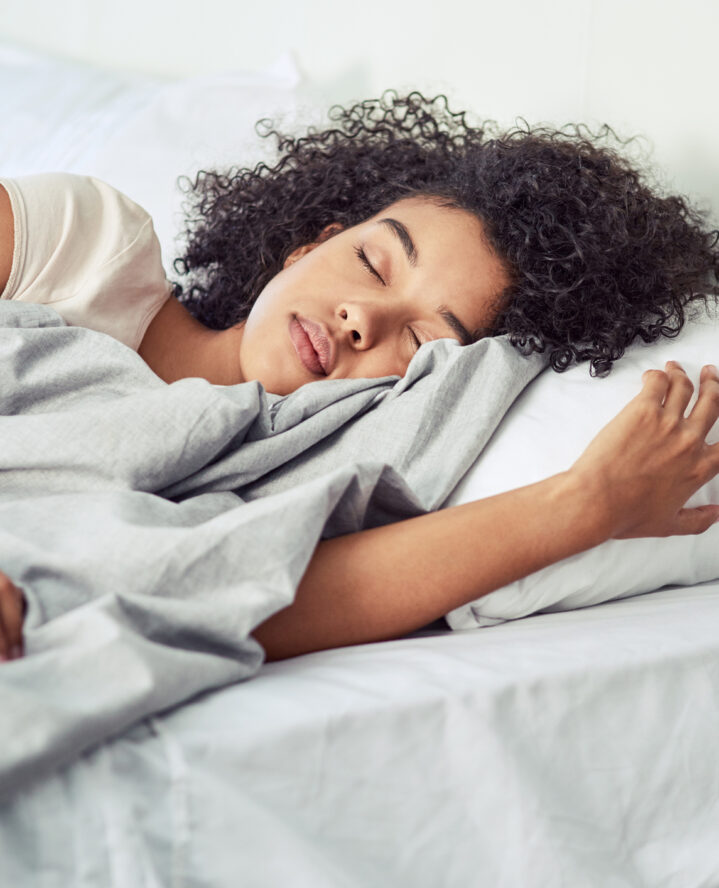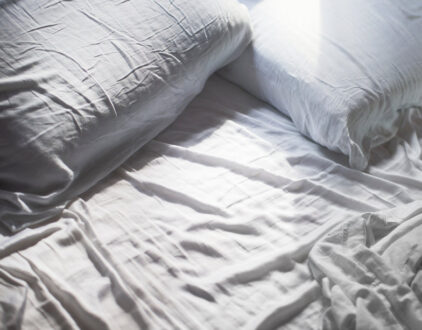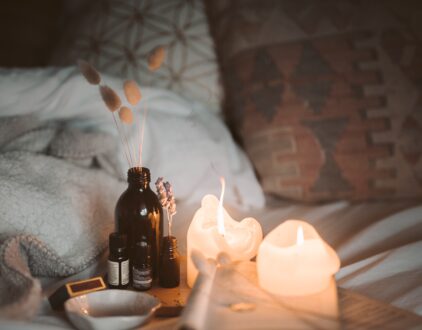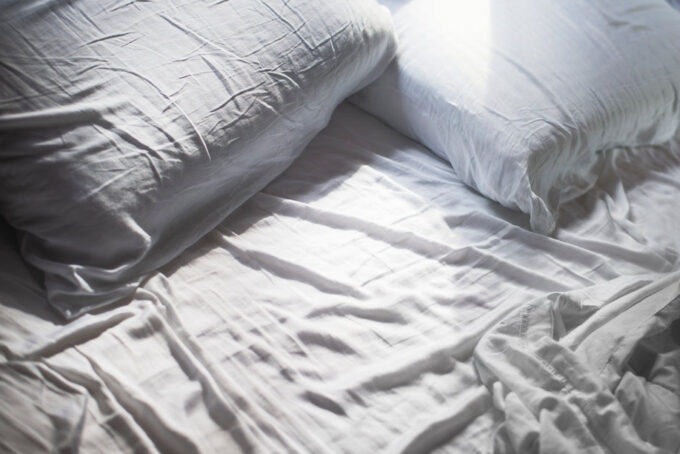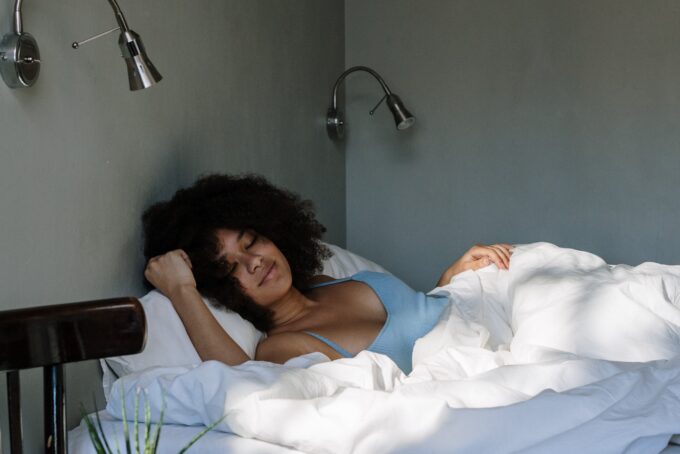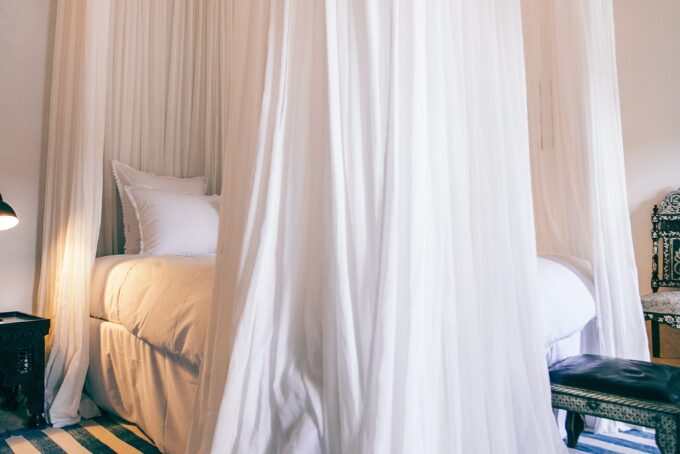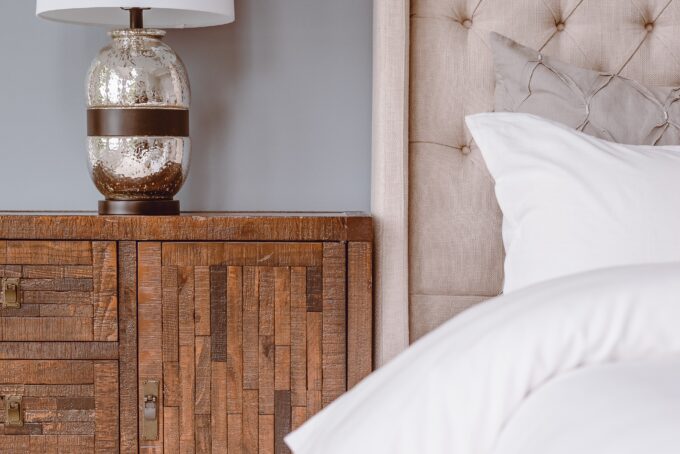Sheets are a deeply personal preference, and finding good ones can feel like an endless search. Do you prefer crisp and cool, thick and comfy, or light and airy? The world of luxurious bedding is a deceptive one, particularly the hype behind thread count. Is it important? Kind of. A higher count doesn’t necessarily mean better, but it’s just one of several factors to think about. It’s about time the truth gets unraveled. Here’s what to look for when choosing quality bedding.
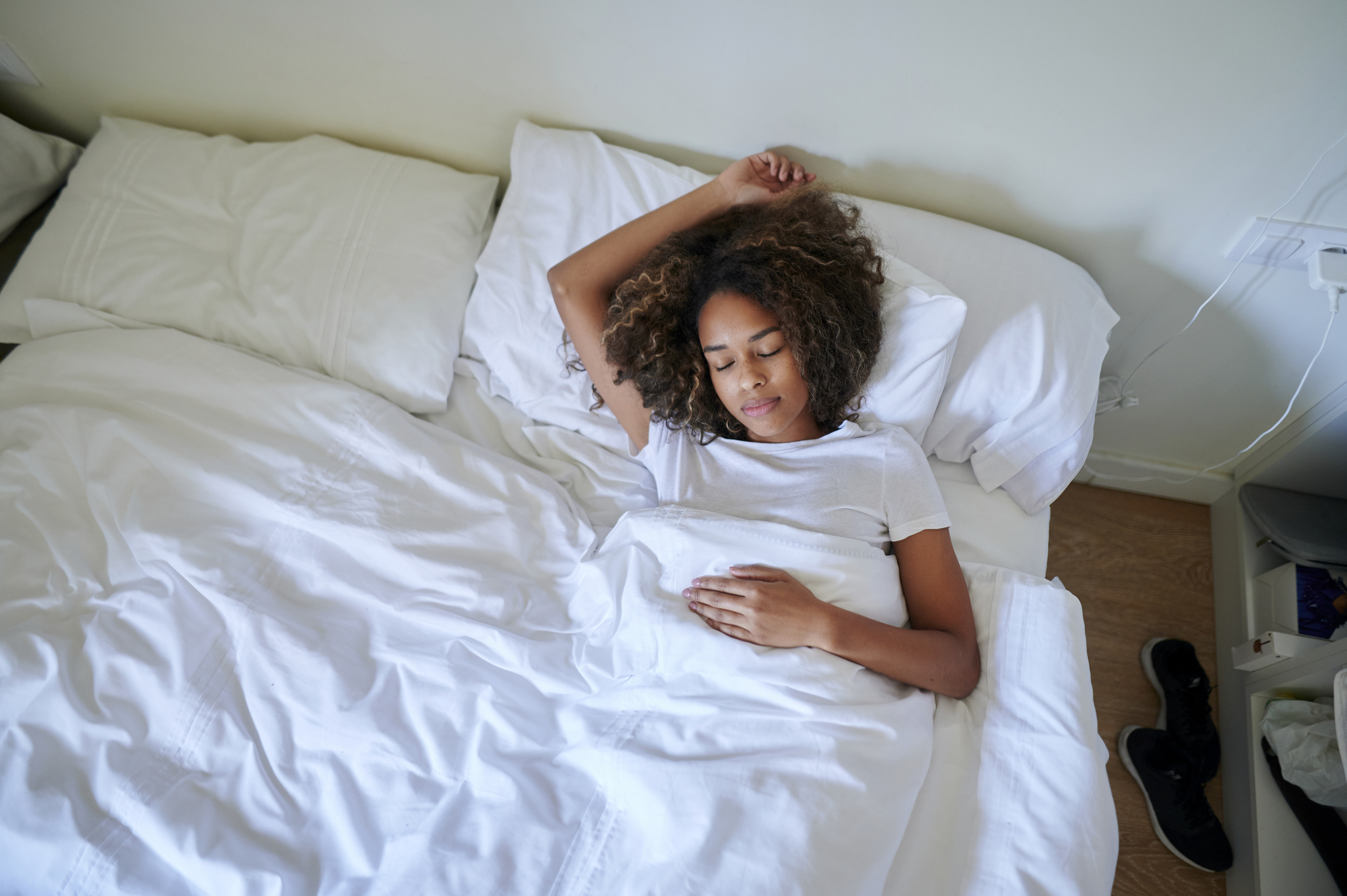
Understanding Thread Count: Beyond the Numbers
Here’s the breakdown. All thread count really means is the number of threads woven into one square inch of fabric. A higher thread count typically implies a softer and smoother feel—”typically” being the key word.
Does fabric matter?
The type of fabric used in linens is equally, if not more, important than thread count. Cotton, for instance, is a popular choice for its breathability and comfort. Egyptian and Pima cotton are renowned for their exceptional quality.
Egyptian cotton, often hailed as the gold standard in bedding, is prized for its extra-long staple fibers. These longer fibers produce a finer yarn and, in turn, a smoother, softer fabric.
Pima cotton, while similar to Egyptian cotton, is grown in the United States and also boasts long, luxurious fibers. So, even if you have a high thread count, if the fabric isn’t up to par, your linens may not provide the comfort you seek. Investing in high-quality fabric ensures that your bedding not only feels luxurious but also lasts longer.
What is optimal comfort?
For most, a thread count ranging from 300 to 600 is more than fine for a comfortable night’s sleep. The sweet spot for thread count lies within this range for several reasons.
First, sheets in this range offer a soft and comfortable feel against your skin. Second, they tend to be more breathable, allowing for better temperature regulation during sleep. Finally, linens with thread counts between 300 and 600 often come at a more affordable price point, making them more accessible.
How high is too high?
It’s important to know that beyond a certain point, increasing thread count might be pretty useless. Is there a magic number? Anything in the four digits is a solid rule of thumb.
A 1,000-thread-count sheet may sound fancy, but it may not offer a noticeable difference in comfort compared to a 600-thread-count sheet. Unless you’re dropping thousands of dollars on very fancy 1,200-thread-count Italian sheets, you likely won’t be able to tell.
Are weave patterns important?
The weaving pattern of your linens is one of the most important yet most overlooked factors, but it boils down to what you feel is best. Sateen weaves create a lustrous surface that feels smooth and luxurious to the touch.
This weave pattern often results in a slightly heavier fabric with a subtle sheen. It’s a great choice for those who prefer a silky, drape-like feel to their bedding.
Percale weaves, on the other hand, have a crisp and matte finish. Percale sheets are known for their durability and breathability. They have a cool, lightweight feel that’s perfect for those who prefer a crisper texture and sleep on the warmer side.
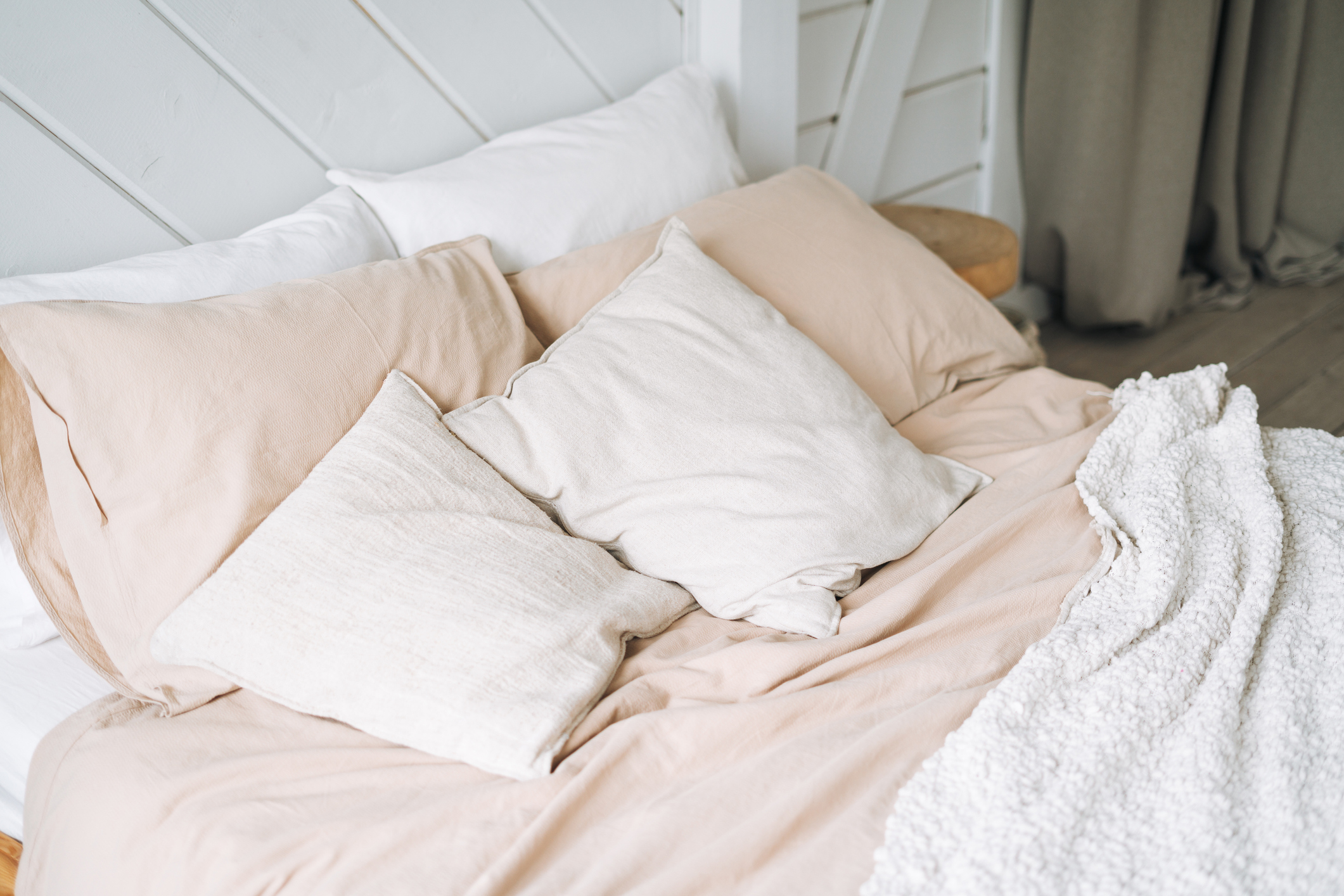
Types of Fabrics
Apart from thread count and weave patterns, the choice of fabric itself plays a major role in your bedding experience. Different types of fabrics offer unique advantages:
Cotton
Cotton is a popular choice for its breathability and comfort. Egyptian and Pima cotton are popular choices for their quality and softness.
Linen
Linen sheets are highly breathable and perfect for those seeking a cool and airy sleeping experience. They are ideal for warm climates. Plus, linen has a unique texture that becomes softer and more comfortable with each wash.
Silk
Silk sheets are made from silkworms and are synonymous with luxury. They are buttery smooth and soft, although very delicate and a little more complicated to wash. But, because silk is a natural temperature regulator, it will keep you cool in the summer and warm in the winter.
Satin
Satin is known for its glossy finish that feels sumptuous against the skin. They are often chosen for their elegant appearance and silky texture. If you sweat, you may want to avoid these otherwise they might trap odors and bacteria.
Microfiber
Microfiber sheets are getting more and more popular because of their affordability and durability. While they may not offer the same natural feel as cotton or silk, they are practical, soft and easy to clean.
In general, microfiber is resistant to wrinkles and easy to care for, making it a low-maintenance option.
popular posts
- 1It’s Black Business Month, So Let’s Go Shopping and #BuyBlack!
- 2These Home Decor Items Will Instantly Make Your Space Look Outdated
- 3Black-Owned Home Decor Stores To Support Across the United States
- 4A Look Inside Elon Musk's Tiny $50,000 House
- 57 Black and Multicultural Designers To Follow For Design Inspo
Bedroom
Spaces
Whether it’s luxury or ease, every area of your home should be as fabulous and unique as you.
FOLLOW ALONG ON INSTAGRAM
#homeandtexture
Find us on social for more home inspiration where culture, personal style, and sophisticated shopping intersect to help you create a home where you love to live.
